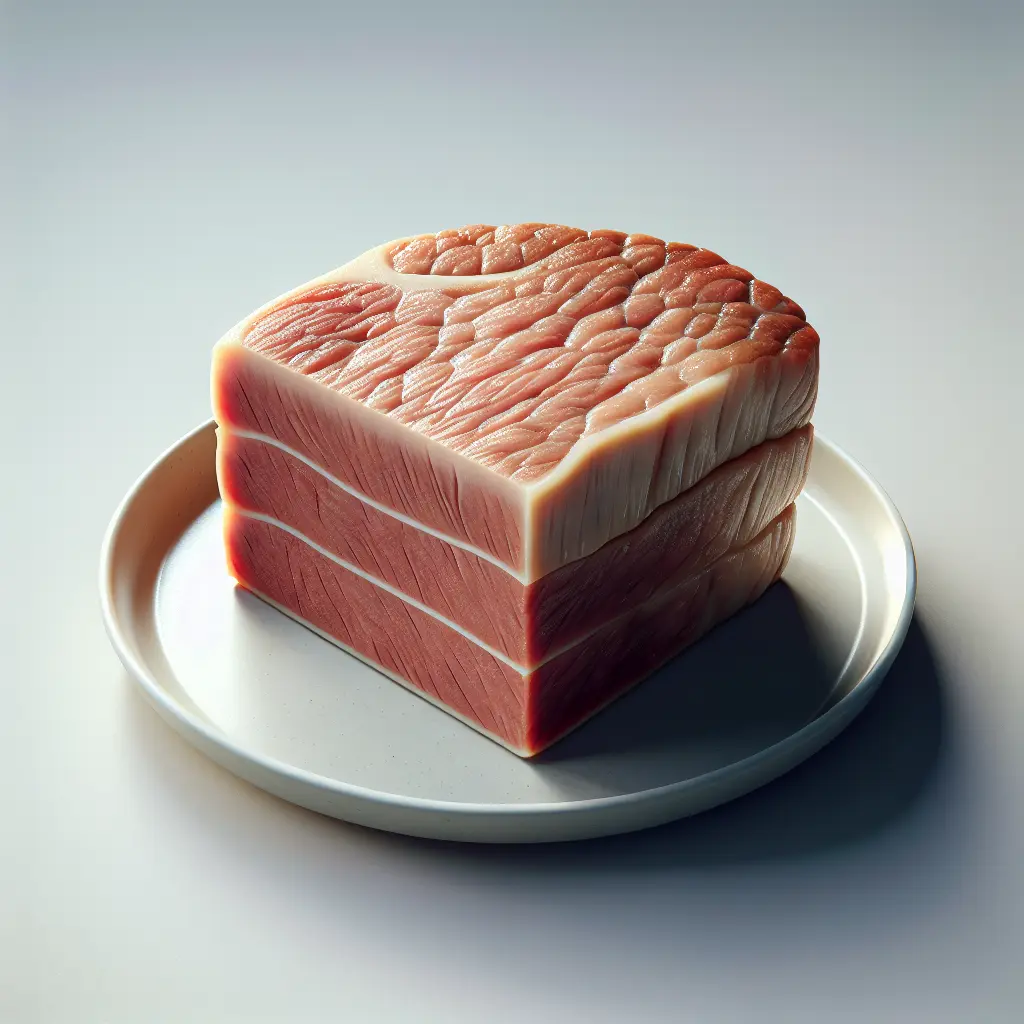A Culinary Canvas: Unveiling the Flavor of Veal
Veal, a delicacy renowned for its tender texture and delicate flavor, is a culinary canvas that invites exploration. Its versatility allows for a symphony of dishes, ranging from classic French cuisine to modern culinary creations. Whether seared to perfection, braised in aromatic liquids, or grilled to smoky delight, veal showcases its culinary prowess in every form.
The flavor of veal is a harmonious balance between richness and subtlety. It possesses a mild, slightly sweet taste with a hint of gaminess that adds depth and complexity. This culinary chameleon adapts seamlessly to a variety of seasonings and sauces, allowing chefs to showcase their creativity and highlight veal's inherent qualities.
Veal: A Nutritional Powerhouse
Beyond its culinary enchantment, veal is a nutritional powerhouse, offering a wealth of essential nutrients. It is an excellent source of protein, providing 26 grams per 3-ounce serving, essential for building and maintaining muscle mass. Veal also boasts a significant amount of iron, crucial for red blood cell production and oxygen transport throughout the body.
In addition to its impressive protein and iron content, veal is a rich source of vitamins and minerals. It contains an abundance of vitamin B12, essential for nerve function and red blood cell formation. Veal also provides a healthy dose of niacin, zinc, and selenium, each playing vital roles in various bodily processes.
Ethical Considerations: Veal Production and Welfare
While veal offers numerous culinary and nutritional benefits, it is essential to consider the ethical implications of its production. Veal calves are typically raised in confined spaces, often with limited access to fresh air and exercise. This intensive farming method has raised concerns about animal welfare, prompting ongoing discussions about the ethical treatment of veal calves.
Consumers seeking ethically produced veal can look for certifications or labels that indicate the animals were raised with higher welfare standards. These standards may include access to pasture, socialization with other calves, and a more humane slaughtering process. By supporting farmers committed to ethical veal production, consumers can enjoy the culinary delights of veal while ensuring the well-being of the animals involved.
Conclusion
Veal, a culinary treasure with a delicate flavor and impressive nutritional profile, continues to grace the tables of discerning diners. Its versatility allows for endless culinary creations, while its rich nutrient content provides essential nourishment for the body. However, ethical considerations surrounding veal production warrant informed decision-making by consumers seeking to balance their culinary enjoyment with animal welfare concerns. By embracing responsible consumption practices and supporting farmers dedicated to ethical veal production, we can savor the delights of this culinary masterpiece while contributing to a more compassionate food system.
How many calories are in Veal?
Each 3 oz of Veal contains 196 calories.
Veal Nutritional Information
| Nutrient | Amount per 3 oz (85g) |
|---|---|
| Calories | 196 Calories |
| Protein | 26g |
| Fat | 9.7g |
| Saturated Fat | 3.6g |
| Cholesterol | 0.097mg |
| Carbohydrates | 0g |
| Dietary Fiber | 0g |
| Sugar | 0g |
| Sodium | 0.074mg |
| Potassium | 0.2763mg |
| Calcium | 0.019mg |
| Iron | 0.001mg |
